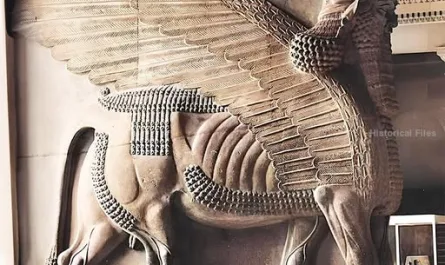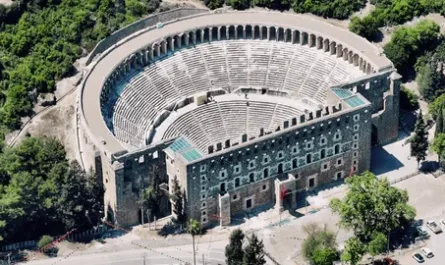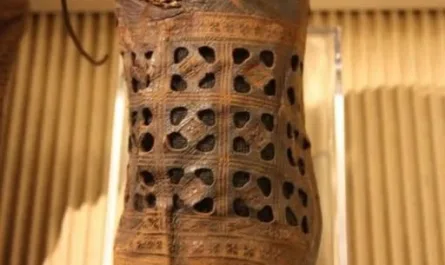The University of Pennsylvania Museum of Archaeology and Anthropology began its first major renovation since it was founded in 1887. The building, a grand historical treasure in its own right, is in dire need of upgrades, especially systems. Most urgent is the air conditioning system which doesn’t need upgrading because it doesn’t actually exist. The museum gets hot in the summer and the body heat and moisture from visitors exacerbates the problem, putting the delicate objects on display at risk.
The three-phase renovation will create a new exhibition space with state-of-the art climate control technology and 6,000 square feet in which to showcase the Penn Museum’s stellar Near East collection. A pioneer in the field of Middle Eastern archaeology, the Penn Museum was the first in the country to send a team to explore Mesopotamian sites in 1887. They’ve been back hundreds of times since and collected more than 100,000 objects, making the Penn Museum’s Near East collection one of the greatest in the world.

More than 1,200 of those objects will go on display in the new suits of three galleries — Towards Cities, Ur: The Great City, The World of Cities — dedicated to Mesopotamian history, giving visitors a panorama of the evolution and development of culture and urban life in the cradle of civilization through objects of enormous rarity and significance.
The artifacts getting an abode worthy of them include the splendid headdress of Sumerian Queen Puabi, made from 24 feet of gold ribbon, 20 gold rings and Ram in the Thicket, back view. Photo courtesy the Penn Museum.Ram in the Thicket, front view. Photo courtesy the Penn Museum.long strands of lapis lazuli and carnelian beads. It was found by Sir Leonard Woolley during his excavation of the Royal Cemetery at Ur in 1928. Other Royal Cemetery stand-out pieces will go back on display in the new galleries, among them the bull head fragment from an ancient lyre made of gold, silver, lapis lazuli and shell, the Ram in a Thicket statuette.
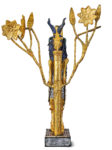
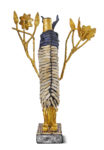
It’s not all glittering gold masterpieces of luxury materials. The breadth of the collection allows the Penn Museum to tell the story of how Mesopotamia moved from villages to large cities with massive populations and an unparalleled collection of wealth. Front and center in the new Middle East Galleries will be one of the museum’s most unusual Sumerian objects: a footprint left in a piece of wet mud brick in Ur 4,000 years ago. One of the world’s oldest wine vessels will be on display (a Neolithic pot discovered at Hajji Firuz Tepe, Iran, that dates to around 5400 B.C.), a baby rattle, a writing primer for children and many more objects that will give visitors a view into daily life from writing and record-keeping to agriculture, labour, meal preparation and burial practices over 10,000 years of Mesopotamian history.
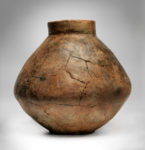
The Middle East Galleries will take pride of place in the renovated museum, right next to the entrance hall. It officially opens to the public on Saturday, April 21, 2018.

